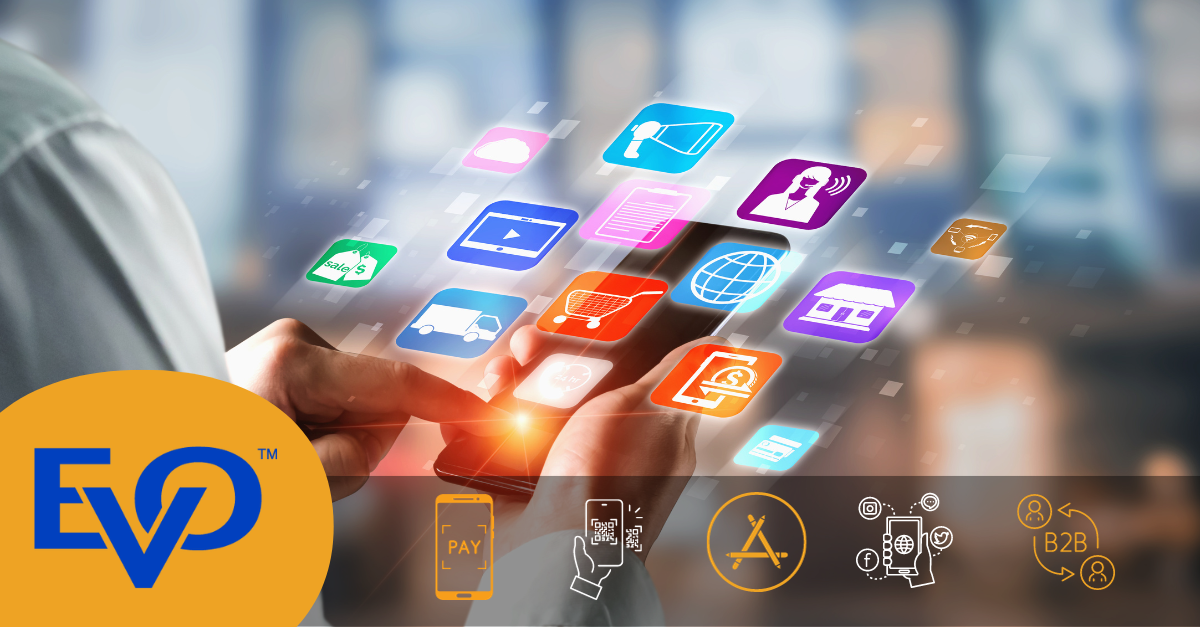
11 Oct The growing role of mobile payments
With the ubiquitous presence of mobile phones, mobile payments and mobile commerce (mCommerce) are no longer niche payment options. Frictionless contactless payment experiences, P2P payments and improved payment capabilities on mobile devices have acted as catalysts that have moved mobile payments into mainstream consciousness. Better and more user-friendly security features and processes have also supported this development with Strong Customer Authentication 2 (SCA2) tokenisation and encryption on saved cards.
This is only going to grow with next and future generations of consumers inheriting a digital first approach to payments. Paying with their mobile phones will be their de facto payment preference rather than a payment option they have adapted to from being less pre-disposed to cash and physical card payments than previous generations.
We explore 5 ways supporting our accustomed use of mobile devices for payments.
Continuing growth in digital wallet usage
Debit and credit cards should be enjoying their moment as payment options as choice. However, we’re already seeing them disappear more out of sight as people opt to pay with their phone or wearable device.
Digital wallets don’t have a transaction limit either, given the built-in security on mobile phones, making point of sales transactions quick and efficient. Surprisingly, a high percentage of merchants were unaware of the no contactless limit on phones and other wearables in our annual Business Insights survey. This may seem high but highlights how the potential of this new payment trend is still being realised. Research predicts a 15% compound annual growth rate at in-store and 12% annual growth in e-commerce over the next 2 and a half years. They are also expected to reach a value of more than $16 trillion by the start of the next decade.
Digital Wallets – Payments always at hand
QR payment codes
QR codes began life in the 90’s as a machine-readable barcode for labelling car parts. However, it has taken two decades for them to fulfil their potential as a alternative payment method. The impact of COVID-19 drove this change as merchants adopted QR payment codes to offer their customers a payment option with limited or no physical interaction.
Now, the popularity of QR codes for payment functionality is more appreciated with its ability to support such features like Pay At Table, Peer-2-Peer payments, donation collection and unattended payment purchases. Consumers simply scan the code to complete order/ payment through their phone. The payment feature is proving popular with businesses by helping staff, particularly in busy workplace environments, concentrate on their customers more and helps move tables in restaurant settings more quickly.
In-app payments
An in-app payment refers to a financial transaction that takes place within a mobile application or software platform. It allows users to purchase goods or services directly from the app without having to leave it. Mobile apps, games, and other software that offer additional features, content, or functionality as virtual goods or services have moved to adopt this payment feature. Asia points the way in terms of their potential with “Super Apps” like We Chat and Alipay proving popular. In countries like India too, they are transitioning through a nascent stage.
Social commerce
Over the past two decades social media platforms have evolved to become designed with mobile responsiveness in mind. This ensure smooth user experience and enable seamless transitions from social media platforms to e-commerce experiences.
The majority of UK businesses now have a social media page helping them engage with their customers online and boost sales. This is vital as there will be expectations from future demographics that they are able discover products online and make purchases without leaving the platform. This creates streamlined customer journeys with no interruption to their user experience.
Mobile Payments: Simplifying B2B commerce
The B2B digital payments industry stands on the cusp of an unprecedented global transformation in how businesses complete transactions with each other. A growth in innovative B2B payment options is already driving business towards value-adding solutions.
Until now, B2B commerce has been slow to adapt to a changing world. Traditional methods like cash, cheque and direct debit payments remaining the standard approach worldwide. However, with the benefits of adopting digital payments becoming more apparent, sole traders and companies are making the switch. For businesses, the growing role of mCommerce will play a major part in this evolution. With more business owners growing more tech savvy, the mobile phone is now an indispensable business-supporting tool.
Our recent Business Insights survey has shown how businesses are already realising the potential of digital payments to:
- ease administrative burdens
- be more cost efficient
- offer more security with less cash being handled
The ability to send and receive payments quickly, while on the move, is a key advantage for time-poor business owners. Payment solutions, like Collect, enable business customers to pay quickly and securely through their phone when on the go. These solutions are reducing the time it takes for businesses to get paid and improves day to day cash flow.


